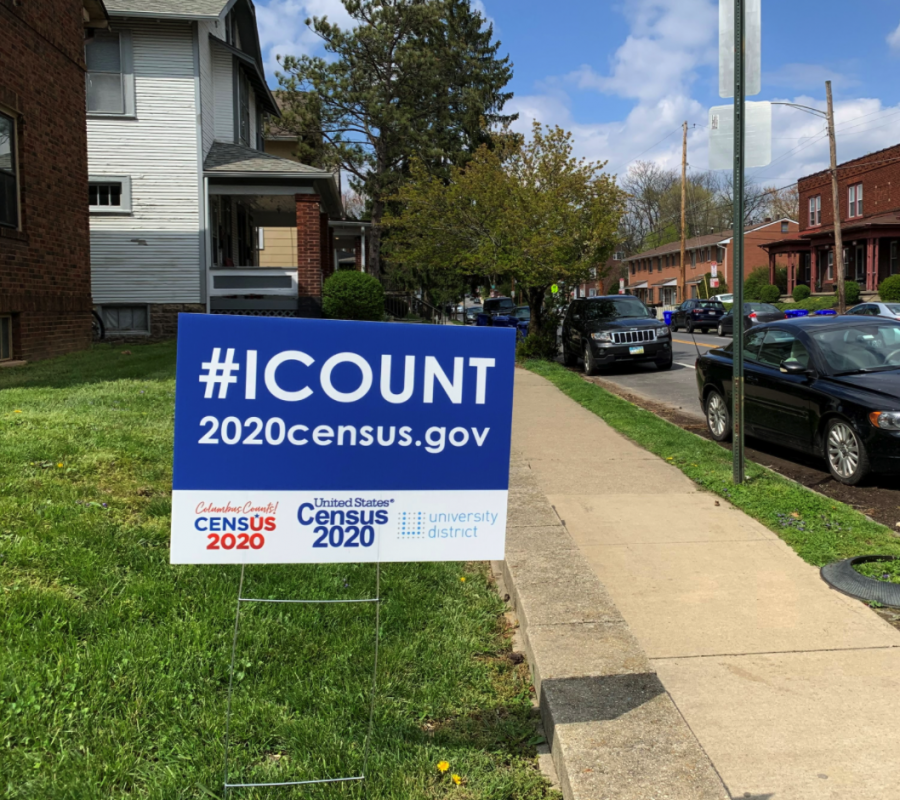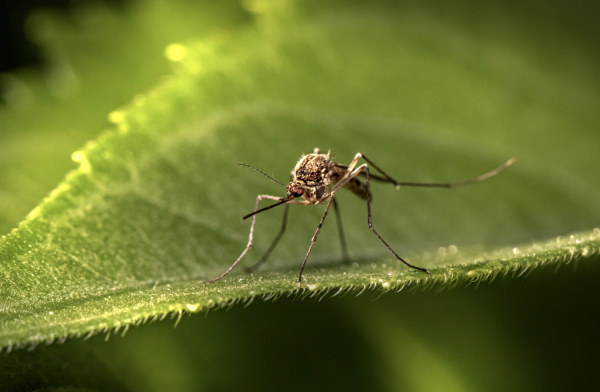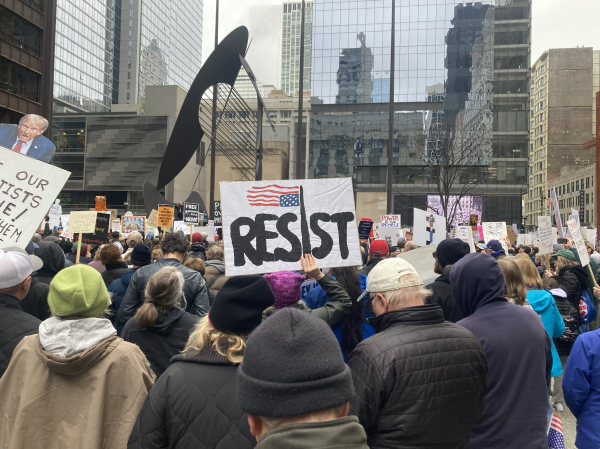Officials are Concerned that Native Americans will be Underrepresented in the 2020 Census
Thousands of dollars in funding and services are at stake.
The Census, every 10 years, seeks to count every resident of the US.
For decades, Native Americans have been severely underrepresented in the annual US Census. In 2010, official reports stated that Native people may have been undercounted by 4.9% although others believe it may be closer to 7%. With the census deadline coming to a close earlier than in previous years, tribes across the country are being affected. For a population that relies heavily on federal aid, this could mean slashes in healthcare and education dollars and for every person who isn’t counted, thousands of dollars in federal aid could be lost for the next ten years until the next census.
To explain why Native Americans are so disproportionately underrepresented in the Census, some sources point to Native distrust of the federal government . This is perhaps best seen in a document released by the Native American Center for Excellence titled, “Steps for Conducting Research and Evaluation in Native Communities.” In response to past studies that failed to be conducted in a “collaborative, transparent, and respectful manner,” the report outlines a new procedure for conducting research on tribes and reservations. One prominent example comes from a 2003 incident in which researchers collected DNA from members of Arizona’s Havasupai Tribe for use in a study on diabetes in indigenous populations. However, upon presentation, it was discovered that the DNA collected had also been used in multiple other studies to which no one had consented. Furthermore, one of these studies claimed that tribal members did not originate from Arizona, threatening their hold on tribal land. Because of distrust stemming from such incidences as these, many Native people don’t take part in the census for fear that information they provide may be used against them.
Another significant reason for this undercount, however, lies in the fact that some tribes are so remotely located that sending census takers is a very difficult task. For example, 229 of 574 tribes in the US are located in Alaska, some so hard to reach that getting an accurate count is nearly impossible. However, remote tribes are not the only ones being affected. This is also a problem in communities across the country with no internet connection or unreliable mail service– for a system becoming more reliant on digital counting, an in-person census count may simply be unreliable.
With the deadline being sooner than in previous years, there is concern that Native tribes may be even more severely affected. While, according to Census Bureau Director Steven Dillingham, this is due to an effort to “accelerate the completion of data collection and apportionment counts,” for Native tribes, this could be devastating, and may field more inaccuracy than not.
As such, Native leaders across the country are leading initiatives to be fully represented in the 2020 census. One such initiative is called Tribal Hub, part of the complete count committees. One of their outreach programs includes training tribal representatives to speak to members about the census and its importance, in an effort to encourage more people to take it. Locally, an organization called the New Mexico Native Census Coalition is also working towards reaching a more accurate census count: “The NAVA (New Mexico Native Census Coalition) Education Project and its sister organization, NAVA, a partisan advocacy organization, have had a long history of engaging Native American people through integrated grassroots voter engagement strategies, including voter registration, issue education, phone banking and general outreach to Native people.”
Aside from getting accurate counts, however, tribes are also struggling to turn in results on time. The Trump administration announced that the deadline would be rolling in one month earlier than in previous years– in September rather than October. Because of this, tribe leaders and coalitions are scrambling to provide an accurate count. While initiatives such as NAVA are providing their best efforts, unfortunately, it will be difficult to gauge how effective these initiatives are until census results roll in.












